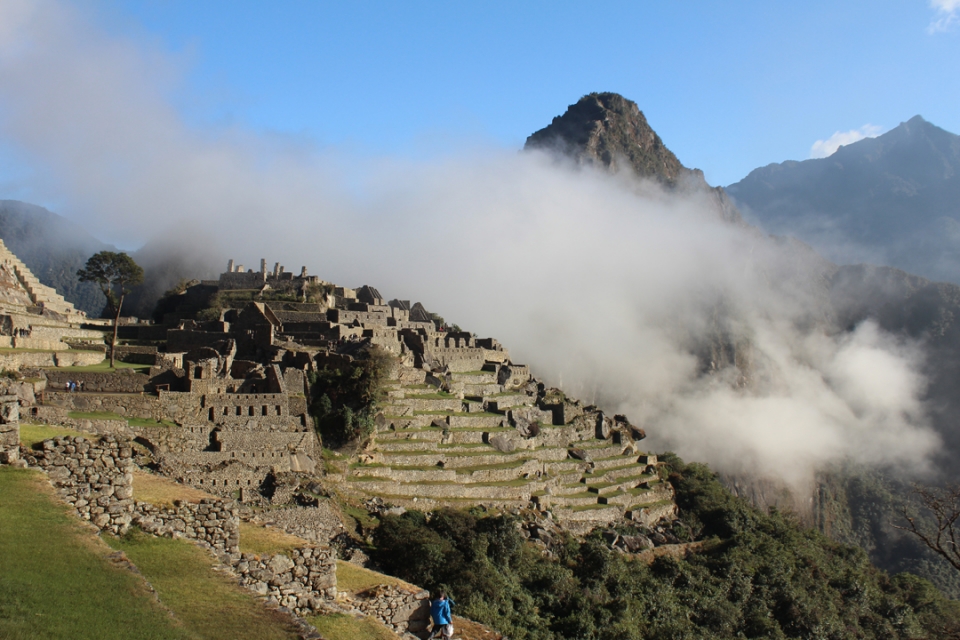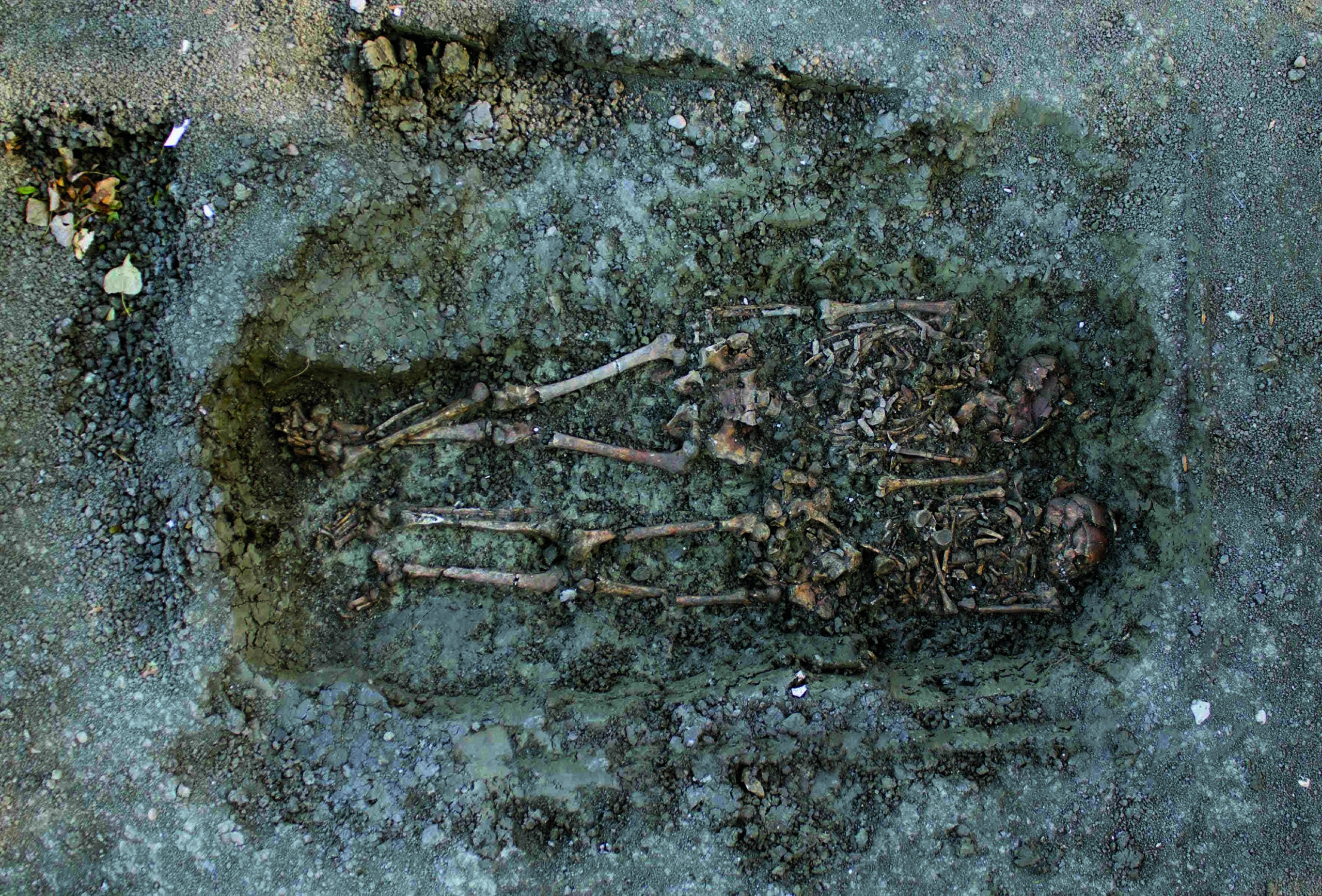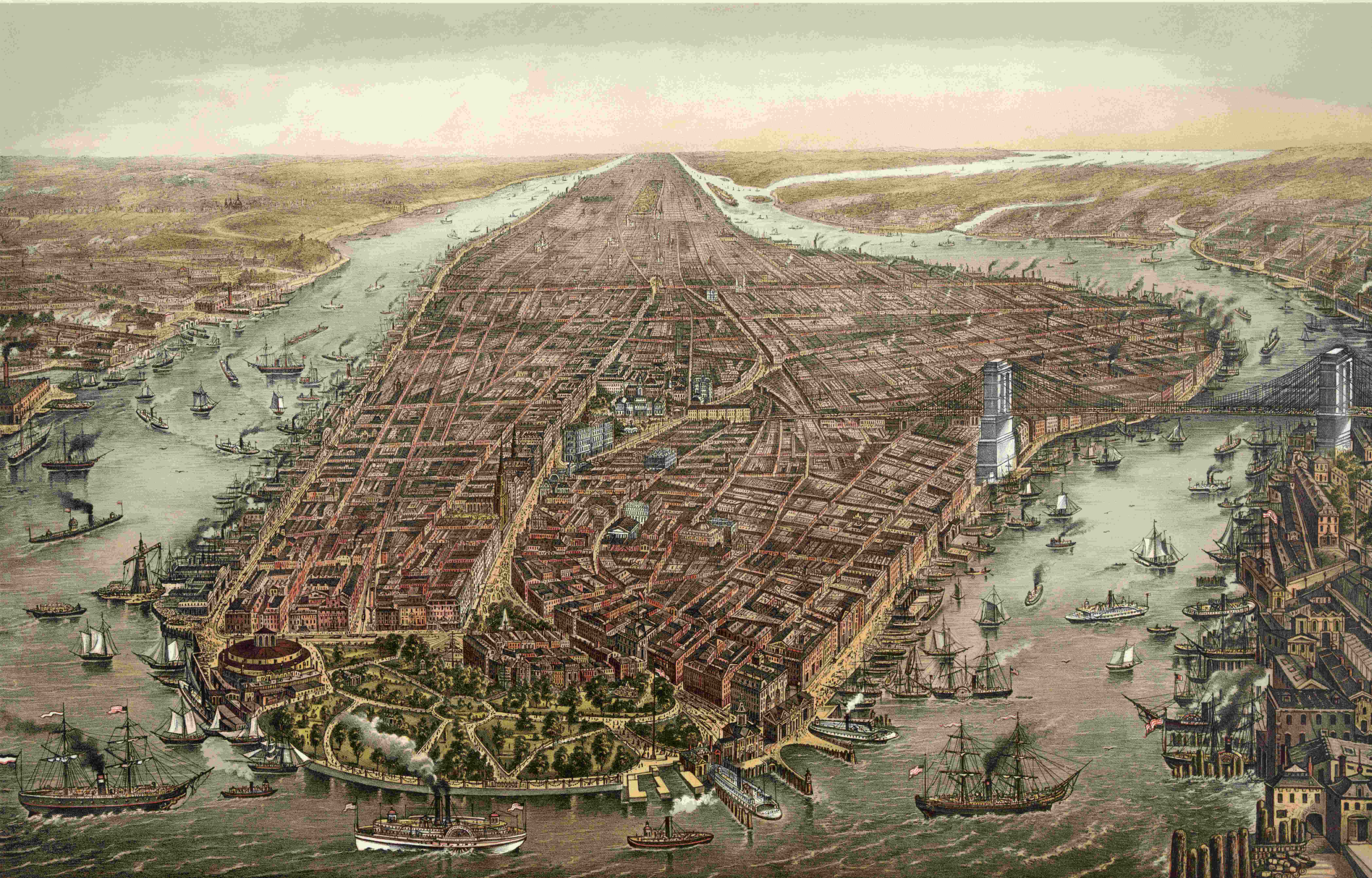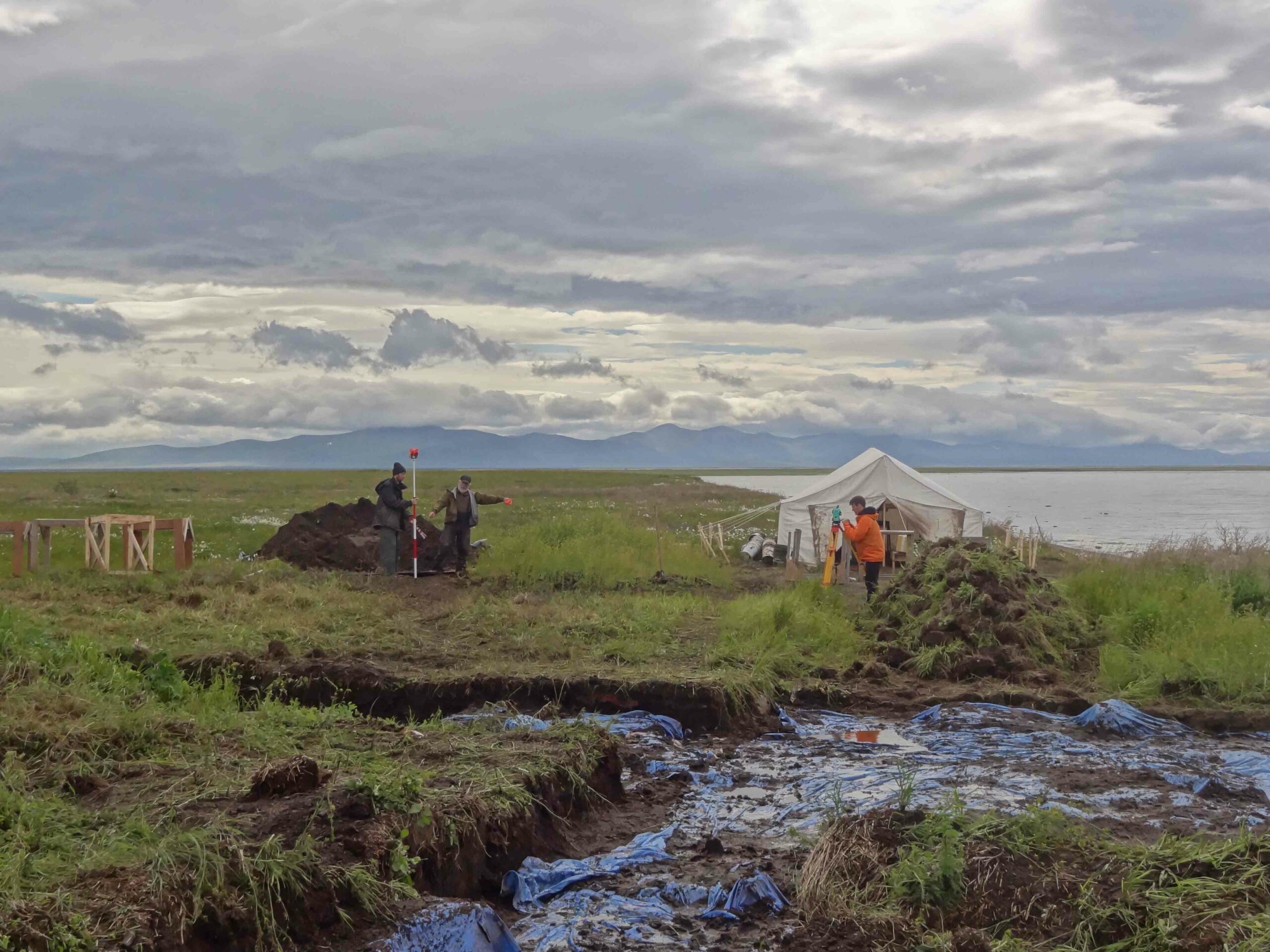
WASHINGTON, D.C.—Machu Picchu was built in the Andes Mountains some 8,000 feet above sea level by the Inca in the fifteenth century, and abandoned in the early sixteenth century. “There is a longstanding debate about what the function of Machu Picchu was because it is so unique and unusual as an Inca site. It is too big to be a local settlement. And it’s too small and not the right structure to have been an administrative center for the Inca Empire,” Brenda Bradley of the George Washington University said in GW Today. Many think Machu Picchu served as a royal retreat and diplomatic space for Emperor Pachacuti. Now, Bradley and a team of researchers from the University of California, Santa Cruz, and Yale University will analyze nuclear, mitochondrial, and Y-chromosome DNA samples obtained from the skeletal remains of more than 170 individuals unearthed at Machu Picchu in the early twentieth century to learn about the population. “They were probably very skilled people who came from far and wide to play very specific roles. That’s what we predict,” Bradley said. To read about Machu Picchu's amazing hydraulic systems, go to "Machu Picchu's Stairway of Fountains."











